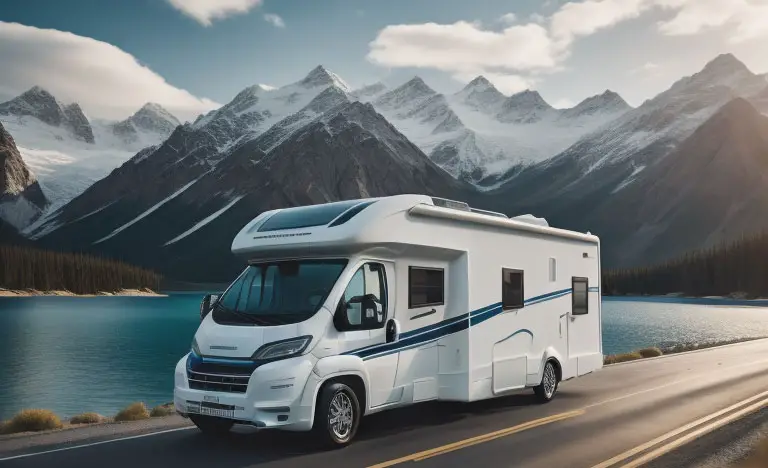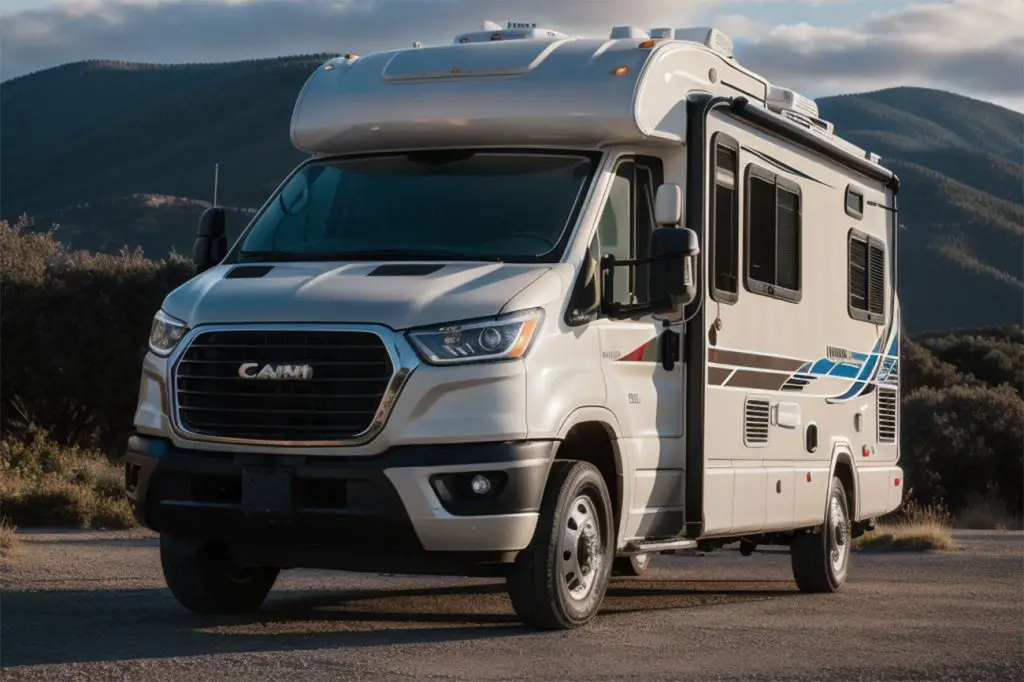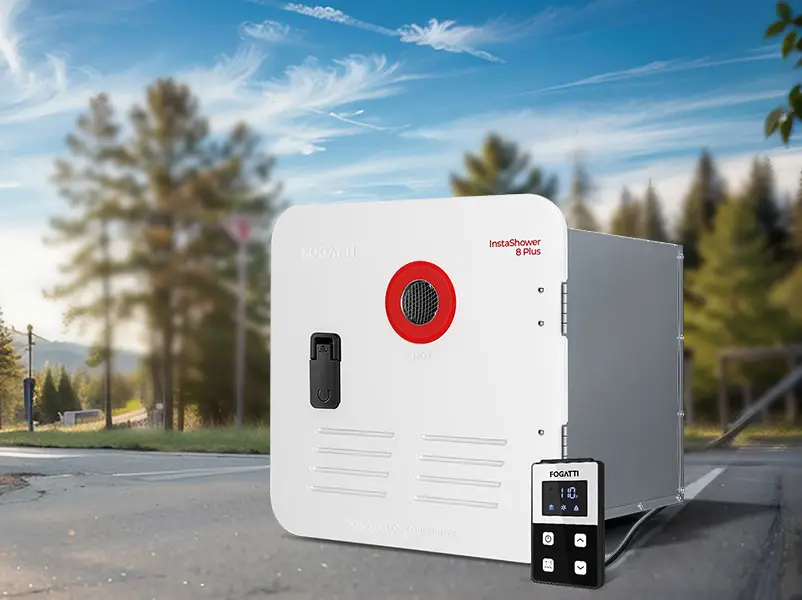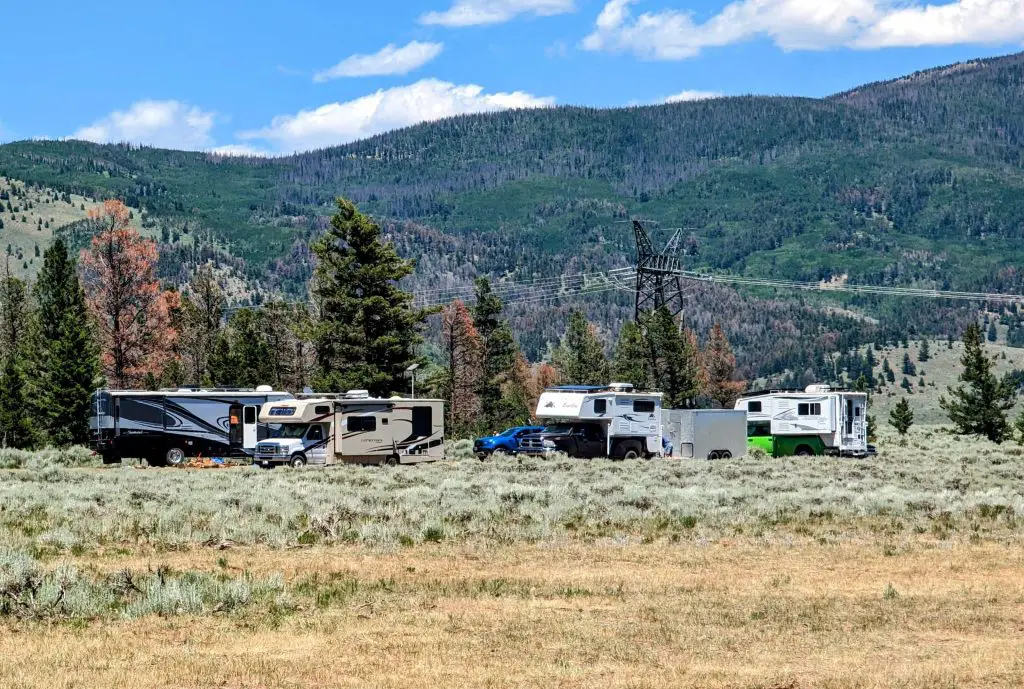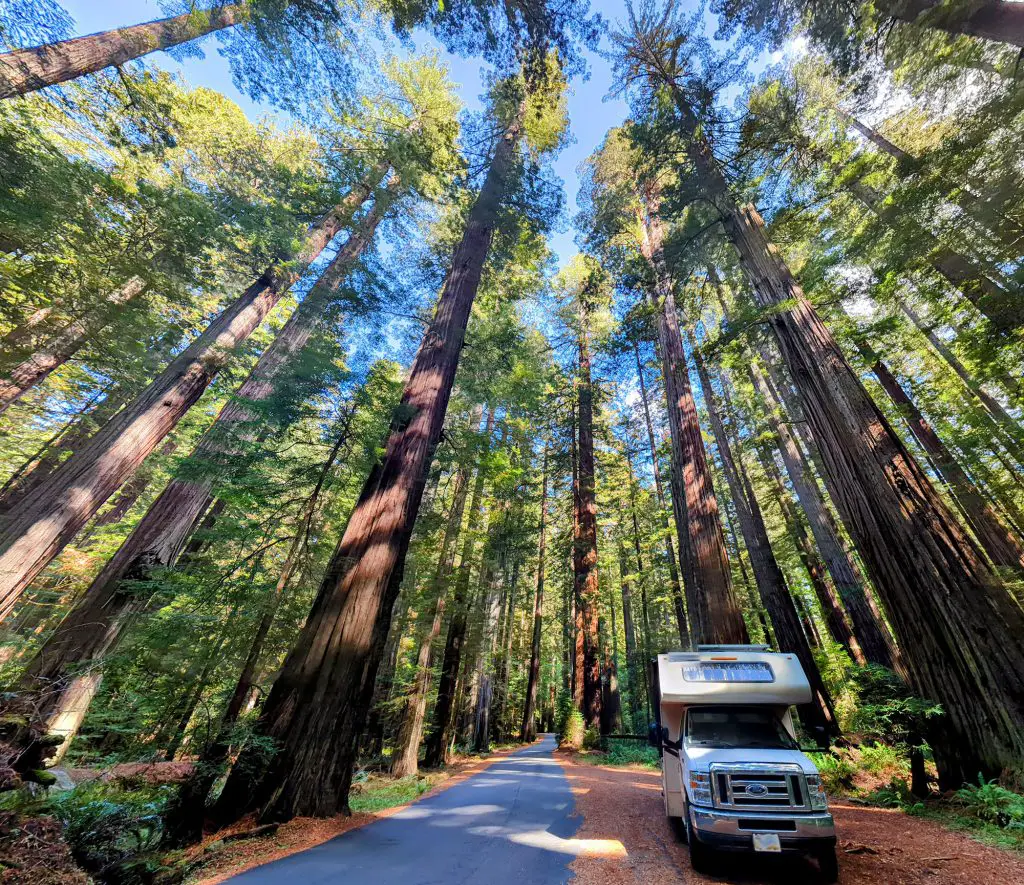Last Updated on March 6, 2024
Key Takeaways:
- Plunger Technique: Use a plunger specifically designed for RV toilets to dislodge clogs effectively.
- Chemical Solutions: Apply RV-safe chemicals to dissolve clogs and maintain the toilet system.
- Boiling Water Method: Pour hot water into the toilet to help break down waste and clear clogs.
- Auger or Snake: Utilize an auger or snake tool to reach deeper clogs and clear obstructions.
- Preventive Measures: Regularly maintain the toilet with proper waste breakdown chemicals to prevent clogs.
One of the less glamorous parts of RVing is dealing with the toilet. It’s an unfortunate but inevitable part of the RVing lifestyle. The more that you use your RV, the more likely it is that you’ll eventually have to deal with a clogged toilet. It’s not a difficult process, but it can be messy and smelly, so taking care of the clog as soon as possible is always best.
Because an RV’s plumbing system is different than that of a typical home, there are a few things you’ll need to know before you start trying to unclog your RV toilet. While it’s a chore that no one likes to deal with, understanding how to unclog an RV toilet is crucial for RV maintenance. This blog post will discuss some expert tips for unclogging an RV toilet, including essential cleaning and maintenance tips to help prevent future clogs.
Reasons Why Your RV Toilet Gets Clogged
Your RV toilet is one of the most important fixtures in your home on wheels. It’s also one of the most prone to clogs. Why? RV toilets tend to be used more frequently than household toilets. This means that there’s more opportunity for waste debris to build up in pipes. Additionally, since these toilets are often located in tight spaces, cleaning them can be more difficult, which can also lead to clogs.
Before we talk about how to unclog an RV toilet, it’s important to understand some of the reasons why they become clogged in the first place. While there are a number of potential causes, here are some of the most common:
Waste and Tissue Buildup
RV toilets see a lot of use, and over time, that can lead to clogs. One of the most common reasons behind a clogged toilet can be simply due to waste and tissue buildup. When you think about it, it makes sense. All that waste has to go somewhere, and eventually, it builds up and clogs the system. The same thing happens with tissue. The water carries the waste down through the pipes and into the holding tank when you flush.
But the tissue doesn’t break down as easily as the waste does, so it can build up on the sides of the pipes and create a blockage. This is especially true if you’re using a lot of toilet paper. Toilet paper is designed to break down in the water, but it takes time. So if you’re flushing several times in a row or using a lot at once, it can cause problems.
[amazon bestseller =”rv unlogged” items=”3″]
Foreign Objects
RV toilets are a lot like regular toilets, except they’re even more prone to clogging. After all, they’re just a small hole in the ground that water flushes through, and anything that’s not water-soluble will eventually find its way into the hole and cause a clog.
Foreign objects are one of the most common reasons for RV toilet clogs. Even small things like pebbles or twigs can cause a big problem. And forget about trying to flush anything larger than that – it’s just not going to happen. If you do accidentally drop something into your RV toilet, it’s best to just fish it out with a pair of pliers or a wire hanger. Trust me, it’s better than dealing with a clog.
Hard Water Buildup
Hard water is one of the most common causes of clogged RV toilets. When water contains high levels of calcium and magnesium, it can leave behind a chalky residue that builds up over time. This build-up can cause your toilet to become clogged, as well as make it more difficult to flush.
In addition, hard water can also damage the seals and gaskets in your toilet, causing leaks. Using a water softener can help to prevent hard water buildup and extend the life of your toilet.
Simple Remedies to Unclogging an RV Toilet
If you find yourself dealing with a clogged RV toilet, there are a few steps you can take to try and clear the blockage.
Check Foreign Objects
As mentioned earlier, it’s not uncommon for small items to find their way into the toilet, so be sure to check before you start plunging. Use a flashlight to take a look inside the bowl and see if you can spot anything. If you do see something, use pliers or a wire hanger to fish it out.
Pour Boiling Water
After you have removed the clog from the RV toilet, it is time to pour in some boiling water. This will help to loosen any remaining debris and also disinfect the area. Be careful not to splash yourself with the hot water.
Slowly pour the boiling water around the rim of the toilet bowl, being sure to cover all of the affected areas. You may need to do this a few times before the clog is completely cleared. Once the clog is gone, flush the toilet to remove any residual debris. Finally, give the area a good scrubbing with a disinfectant cleaner to remove any bacteria.
Use a Plunger
If you’ve tried all of the above and you’re still dealing with a clogged RV toilet, it’s time to break out the plunger. This is where things start to get a little messy. But trust me, it’s worth it. Put on your gloves and grab the plunger. If you don’t have one, you can use a toilet brush or any other long, skinny object. The suction and force of the plunger will only be strong enough to unclog the RV toilet if the clog is near the top. If there is a clog deeper down in the black water tank, a plunger will not be able to fix the issue.
Insert the plunger into the toilet bowl and press down forcefully. The goal is to create suction so that the water starts to move. You may have to do this a few times before you see results. But eventually, you should see the water start to drain.
Vinegar and Baking Soda
If you’re dealing with a slow drain, there’s a good chance that there’s a build-up of soap scum or other debris. This can be cleared by using a mixture of vinegar and baking soda.
Start by pouring one cup of baking soda into the toilet bowl. Then add one cup of vinegar and let the mixture sit for a few minutes. After a few minutes have passed, grab your plunger and give it a few good pumps. The mixture should start to fizz and break down the debris.
Once the mixture has had a chance to work, flush the toilet to remove any residual build-up.
RV Products Worth Having to Help Unclog Your Toilet
Take note that the above things work for short-term clogs. Considering that an RV’s toilet system works differently than that of what we typically use at home, you will want to have some RV-specific products on hand to help you unclog your toilet and keep it running smoothly.
RV Holding Tank Treatments
RV holding tank treatments are a must-have for any RVer. Not only do they help to regulate moisture levels and prevent odors, but they also help to break down waste material and keep your black water tank clean. There is a wide variety of holding tank treatments available on the market, and each one has its own unique benefits.
For example, some treatments contain enzymes that help to break down waste material, while others feature powerful bacteria that eat away at solid waste. Ultimately, the best holding tank treatment for your RV will depend on your specific needs and preferences.
Most of the time, the clog has to be addressed on the tank itself and not the toilet. This is because the build-up of waste material in the tank can cause a blockage that prevents the toilet from flushing properly.
If you notice that your RV toilet is flushing slower than usual, or if it seems like there’s more water being left behind after each flush, it’s a good idea to check your holding tank to see if it needs to be emptied.
You may also want to add a holding tank deodorizer to your RV’s black water tank. This will help to prevent odors from building up and keep your RV smelling fresh and clean.
RV Sewer Hose
An RV sewer hose is another essential product for any RVer. This hose is used to connect your RV’s black water tank to the sewer system at a campground or dump station. Along with its attachments, using the right RV sewer hose can help to prevent clogs and leaks.
When shopping for an RV sewer hose, be sure to choose one that is made from durable materials and is the proper length for your RV. You’ll also want to make sure that the hose has all of the necessary attachments to properly connect it to your RV’s black water tank. The right size sewer hose will make all the difference in keeping your RV’s toilet system running smoothly.
Plumber’s Snake
A plumber’s snake, also known as a drain auger, is a long, flexible piece of equipment that is used to remove clogs from drains. The snake is inserted into the drain and then turned in order to break up the clog.
If you find yourself dealing with a lot of clogs, or if you simply want to be prepared for anything, a plumber’s snake is a great tool to have on hand. Be sure to choose a snake that is the proper size and length for your RV’s drains.
RV Toilet Cleaner
An RV toilet cleaner is a specialized cleaner that is designed specifically for cleaning RV toilets. These cleaners are usually more potent than traditional household cleaners and can help to remove stubborn stains and odors.
When choosing an RV toilet cleaner, be sure to read the label carefully in order to find one that is safe for use on your specific type of RV toilet. Some cleaners are not compatible with all types of toilets, so it’s important to choose one that will not damage your toilet.
RV Toilet Maintenance: Clog Prevention
Many people believe that the best way to prevent clogs in their RV toilet is to simply avoid using it as much as possible. However, this is not the case. In fact, RV toilets are designed to be used frequently, and avoiding use can actually lead to clogs. The key to preventing clogs is to practice proper maintenance. Here are some of the best practices:
Clean RV Toilet Regularly
One of the best ways to prevent clogs is to clean your RV toilet on a regular basis. This will help to remove any build-up that could potentially cause a clog. Be sure to use a toilet brush and cleaner that is designed specifically for RV toilets.
Avoid Flushing Foreign Objects
As mentioned earlier, RV toilets are designed to only flush human waste and easy to dissolve toilet paper. Flushing anything else, such as feminine hygiene products, diapers, or paper towels, will cause a clog. If you need to dispose of something that cannot be flushed, be sure to put it in the trash can. If possible, avoid flushing toilet paper, or use less than usual.
Use Holding Tank Treatments on a Regular Basis
Adding a holding tank treatment to your RV’s black water tank can help to break down waste and prevent clogs. Be sure to use a quality treatment that is designed specifically for RV toilets.
Final Thoughts
There are numerous ways to unclog an RV toilet, with home remedies and specialized RV products you can use, either alone or combined. Depending on the severity of the clog, you might have to try a few different methods before finding the one that works best for you. However, with a little patience and the proper tools, you should be able to clear any clog and get your RV toilet working properly again.
RV toilets can be a bit of a mystery, but they don’t have to be. Prevention is key when it comes to dealing with clogged RV toilets, and by following some of the tips mentioned above, you may not have to deal with them as often as you think! Use the right products, avoid flushing foreign objects, and clean your toilet regularly to help keep clogs at bay.



